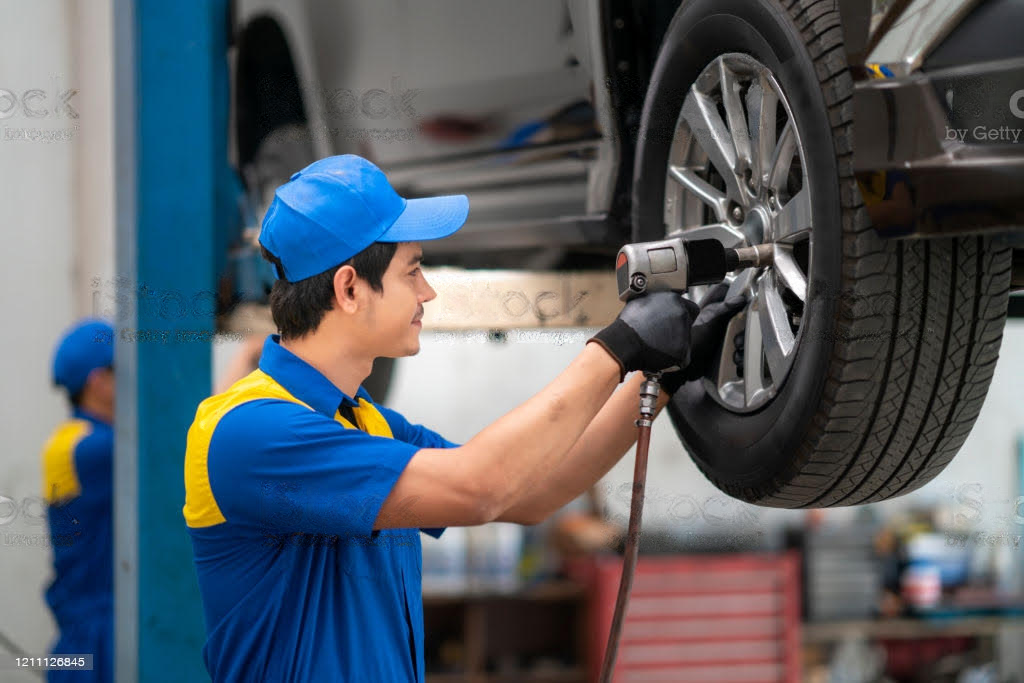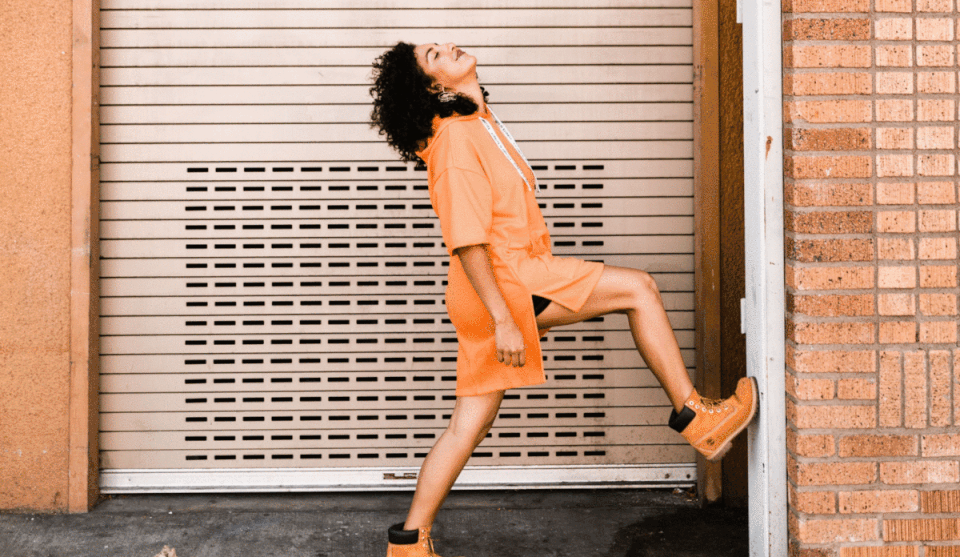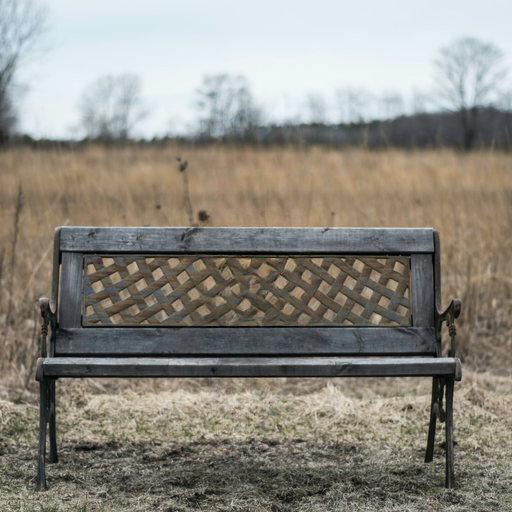lama
Maintainer: allenhooo

3.0K

| Property | Value |
|---|---|
| Run this model | Run on Replicate |
| API spec | View on Replicate |
| Github link | View on Github |
| Paper link | View on Arxiv |
Create account to get full access
Model overview
The lama model, developed by researcher Roman Suvorov and his team, is a powerful image inpainting system that excels at completing large missing areas in high-resolution images. It is capable of handling complex geometric structures and periodic patterns with impressive fidelity, outperforming previous state-of-the-art methods.
Similar models like remove-object and sdxl-outpainting-lora also focus on object removal and image completion, though they may have different architectures or specialized use cases. The lama model stands out for its ability to generalize to much higher resolutions than its training data, making it a versatile tool for a wide range of image restoration tasks.
Model inputs and outputs
The lama model takes two inputs: an image and a corresponding mask that indicates the region to be inpainted. The output is the completed image with the missing area filled in.
Inputs
- Image: The input image, which can be of high resolution (up to 2K).
- Mask: A binary mask that specifies the region to be inpainted.
Outputs
- Completed image: The output image with the missing area filled in, preserving the overall structure and details of the original.
Capabilities
The lama model excels at completing large, complex missing regions in high-resolution images, such as textures, patterns, and geometric structures. It is particularly adept at handling periodic elements, where it can maintain the consistency and coherence of the inpainted area.
The model's ability to generalize to much higher resolutions than its training data is a key strength, allowing it to be applied to a wide range of real-world scenarios. This robustness to resolution is a significant advancement over previous inpainting techniques.
What can I use it for?
The lama model can be used for a variety of image restoration and editing tasks, such as object removal, scene completion, and image enhancement. It could be particularly useful for tasks like photo editing, visual effects, and content creation, where the ability to seamlessly fill in large missing areas is critical.
For example, you could use lama to remove unwanted objects or people from a photo, repair damaged or corrupted images, or extend the boundaries of an image to create new compositions. The model's high-quality results and resolution-robustness make it a valuable tool for both professional and amateur image editing workflows.
Things to try
One interesting aspect of the lama model is its ability to handle periodic structures and textures, such as tiled floors or brickwork. Try experimenting with images that contain these kinds of repetitive patterns and see how the model handles the inpainting. You may be surprised by the level of detail and consistency it can achieve, even in challenging scenarios.
Another area to explore is the model's performance on high-resolution images. Try feeding in images at various resolutions, from standard 1080p to 2K or even higher, and observe how the results change. The model's robustness to resolution is a key selling point, so testing its limits can help you understand its capabilities and potential use cases.
This summary was produced with help from an AI and may contain inaccuracies - check out the links to read the original source documents!
Related Models

lama

2
lama is an AI model for image inpainting, developed by twn39 at Replicate. It is a resolution-robust large mask inpainting model that uses Fourier convolutions, as described in the WACV 2022 paper. lama can be compared to similar inpainting models like gfpgan, sdxl-outpainting-lora, supir, sdxl-inpainting, and stable-diffusion-inpainting, all of which aim to fill in masked or corrupted parts of images. Model inputs and outputs lama takes two inputs: an image and a mask. The image is the original image to be inpainted, and the mask specifies which parts of the image should be filled in. The model outputs the inpainted image. Inputs Image**: The original input image to be inpainted Mask**: A mask that specifies which parts of the image should be filled in Outputs Output Image**: The inpainted image with the masked regions filled in Capabilities lama is capable of performing high-quality image inpainting, even on large, irregularly-shaped masks. It can handle a wide range of image content and resolutions, making it a versatile tool for tasks like photo restoration, object removal, and scene completion. What can I use it for? lama can be used for a variety of image editing and restoration tasks. For example, it could be used to remove unwanted objects or people from photos, fill in missing or damaged parts of old photographs, or create new content to complete a scene. It could also be used in creative applications, such as generating new artwork or manipulating existing images in unique ways. With the ability to handle large masks and high resolutions, lama is a powerful tool for professional and hobbyist image editors alike. Things to try One interesting aspect of lama is its ability to handle large, irregularly-shaped masks. This allows users to remove significant portions of an image while maintaining high-quality inpainting results. Experimentation with different mask shapes and sizes can reveal the limits of the model's capabilities and uncover creative new use cases.
Updated Invalid Date

remove-object

190
The remove-object model is an advanced image inpainting system designed to address the challenges of handling large missing areas, complex geometric structures, and high-resolution images. It is based on the LaMa (Large Mask Inpainting) model, which is an innovative image inpainting system that uses Fourier Convolutions to achieve resolution-robust performance. The remove-object model builds upon this foundation, providing improved capabilities for removing unwanted objects from images. Model inputs and outputs The remove-object model takes two inputs: a mask and an image. The mask specifies the areas of the image that should be inpainted, while the image is the source image that will be modified. The model outputs a new image with the specified areas inpainted, effectively removing the unwanted objects. Inputs Mask**: A URI-formatted string representing the mask for inpainting Image**: A URI-formatted string representing the image to be inpainted Outputs Output**: A URI-formatted string representing the inpainted image Capabilities The remove-object model is capable of seamlessly removing a wide range of objects from images, including complex and irregularly shaped ones. It can handle large missing areas in the image while maintaining the overall structure and preserving important details. The model's advanced algorithms ensure that the inpainted regions blend naturally with the surrounding content, making the modifications virtually indistinguishable. What can I use it for? The remove-object model can be a powerful tool for a variety of applications, such as content-aware image editing, object removal in photography, and visual effects in media production. It can be used to clean up unwanted elements in photos, remove distractions or obstructions, and create more visually appealing compositions. Businesses can leverage this model to enhance their product images, remove logos or watermarks, or prepare images for use in marketing and advertising campaigns. Things to try Experimentation with the remove-object model can reveal its versatility and uncover new use cases. For example, you could try removing small or large objects from various types of images, such as landscapes, portraits, or product shots, to see how the model handles different scenarios. Additionally, you could explore the model's ability to preserve the overall image quality and coherence, even when dealing with complex backgrounds or intricate object shapes.
Updated Invalid Date

large-hole-image-inpainting

16
The large-hole-image-inpainting model, developed by fenglinglwb, is a transformer-based model called MAT (Mask-Aware Transformer) that is designed for high-fidelity and diverse large hole image inpainting. It outperforms other state-of-the-art methods like LaMa and CoModGAN on various metrics, including FID, P-IDS, and U-IDS, for both small and large mask scenarios. Model inputs and outputs The large-hole-image-inpainting model takes an input image and an optional mask as inputs. The input image must be 512x512 in size, and the mask is also expected to be 512x512, where 0 and 1 values represent the masked and remaining pixels, respectively. If no mask is provided, a random mask will be generated. The model outputs an inpainted image, where the missing regions are filled in with plausible content. Inputs Image**: The input image to be inpainted, which must be 512x512 in size. Mask**: An optional 512x512 mask, where 0 and 1 values represent the masked and remaining pixels, respectively. If not provided, a random mask will be generated. Seed**: An optional seed value for the random number generator to encourage diverse results. If set to -1, a random seed will be used. Outputs Inpainted Image**: The output image with the missing regions filled in with plausible content. Capabilities The large-hole-image-inpainting model excels at restoring high-quality and diverse images with large missing regions. Compared to other methods, it produces fewer artifacts and more photo-realistic results, as demonstrated in the provided examples. The model's transformer-based architecture allows it to effectively capture long-range dependencies and holistic image structures, leading to its strong performance on large hole inpainting tasks. What can I use it for? The large-hole-image-inpainting model can be useful in a variety of applications, such as: Restoring old or damaged photographs by filling in missing regions Removing unwanted objects or people from images Completing partial or corrupted images Enabling creative photo editing and manipulation By leveraging the model's ability to generate plausible content for large missing areas, you can explore various use cases in the fields of image editing, restoration, and creative content generation. Things to try One interesting aspect of the large-hole-image-inpainting model is its ability to generate diverse and pluralistic results. By adjusting the seed value, you can encourage the model to produce different inpainted versions of the same input, each with its own unique characteristics. This can be useful for exploring various creative possibilities or generating multiple options for a particular task. Additionally, you can experiment with different mask sizes and placements to observe how the model handles varying levels of missing information. This can provide insights into the model's strengths and limitations, and help you better understand its capabilities in different inpainting scenarios.
Updated Invalid Date

sdxl-outpainting-lora

60
The sdxl-outpainting-lora model is an improved version of Stability AI's SDXL outpainting model, which supports LoRA (Low-Rank Adaptation) for fine-tuning the model. This model uses PatchMatch, an algorithm that improves the quality of the generated mask, allowing for more seamless outpainting. The model is implemented as a Cog model, making it easy to use as a cloud API. Model inputs and outputs The sdxl-outpainting-lora model takes a variety of inputs, including a prompt, an input image, a seed, and various parameters to control the outpainting and generation process. The model outputs one or more generated images that extend the input image in the specified direction. Inputs Prompt**: The text prompt that describes the desired output image. Image**: The input image to be outpainted. Seed**: The random seed to use for generation, allowing for reproducible results. Scheduler**: The scheduler algorithm to use for the diffusion process. LoRA Scale**: The scale to apply to the LoRA weights, which can be used to fine-tune the model. Num Outputs**: The number of output images to generate. LoRA Weights**: The LoRA weights to use, which must be from the Replicate platform. Outpaint Size**: The size of the outpainted region, in pixels. Guidance Scale**: The scale to apply to the classifier-free guidance, which controls the balance between the prompt and the input image. Apply Watermark**: Whether to apply a watermark to the generated images. Condition Scale**: The scale to apply to the ControlNet guidance, which controls the influence of the input image. Negative Prompt**: An optional negative prompt to guide the generation away from certain outputs. Outpaint Direction**: The direction in which to outpaint the input image. Outputs Generated Images**: The one or more output images that extend the input image in the specified direction. Capabilities The sdxl-outpainting-lora model is capable of seamlessly outpainting input images in a variety of directions, using the PatchMatch algorithm to improve the quality of the generated mask. The model can be fine-tuned using LoRA, allowing for customization and adaptation to specific use cases. What can I use it for? The sdxl-outpainting-lora model can be used for a variety of applications, such as: Image Editing**: Extending the canvas of existing images to create new compositions or add additional context. Creative Expression**: Generating unique and imaginative outpainted images based on user prompts. Architectural Visualization**: Extending architectural renderings or product images to showcase more of the environment or surroundings. Things to try Some interesting things to try with the sdxl-outpainting-lora model include: Experimenting with different LoRA scales to see how it affects the output quality and fidelity. Trying out various prompts and input images to see the range of outputs the model can generate. Combining the outpainting capabilities with other AI models, such as GFPGAN for face restoration or stable-diffusion-inpainting for more advanced inpainting.
Updated Invalid Date